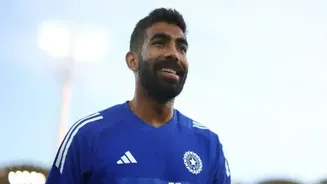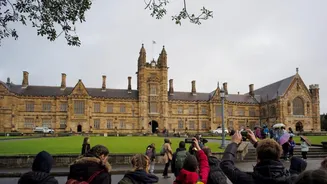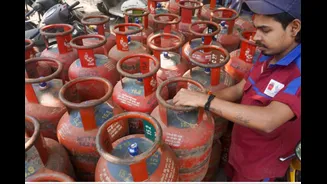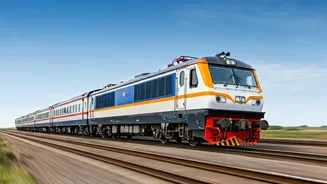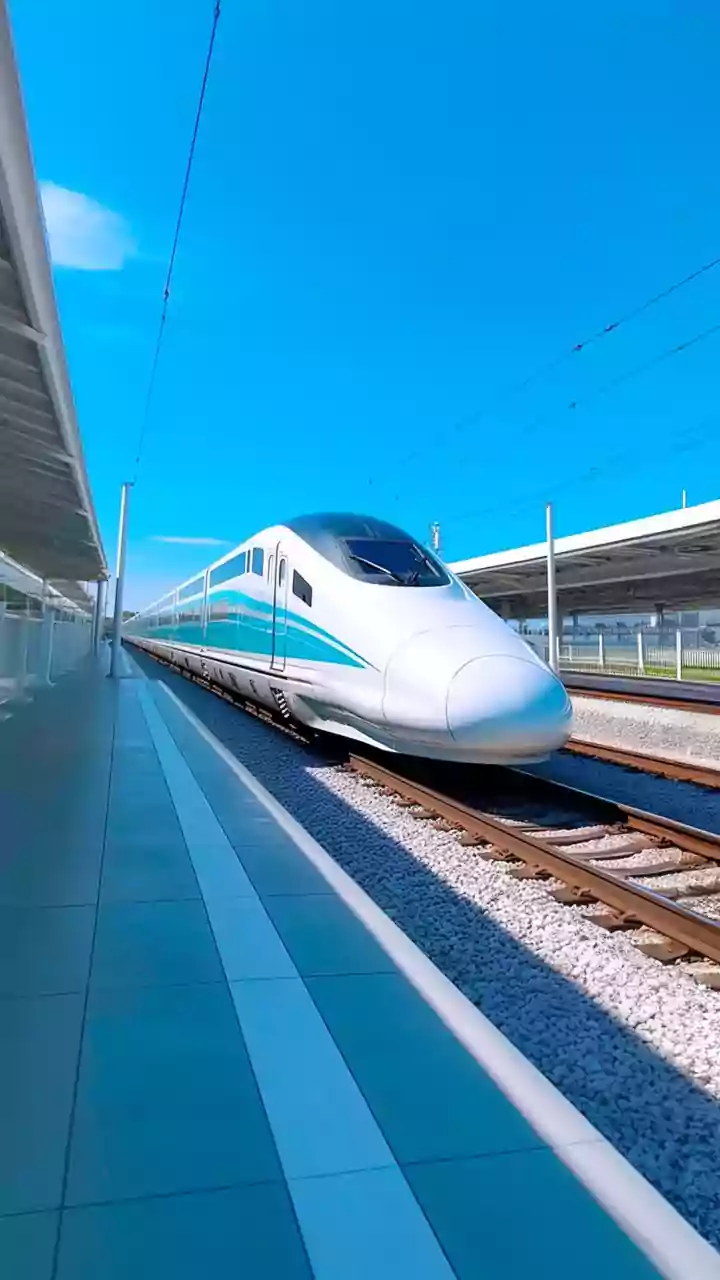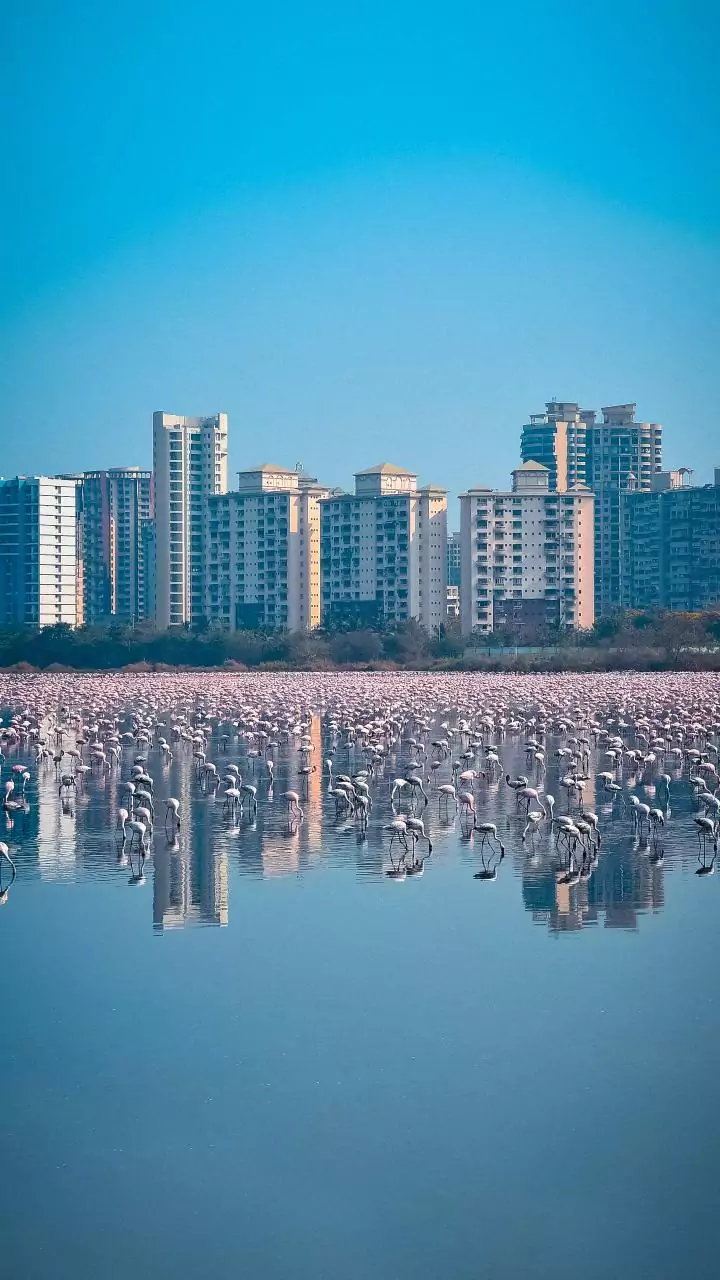Australia’s engagement with India is entering a new phase — one that goes beyond the familiar tropes of Commonwealth, Curry, and Cricket and focuses instead
on energy, economy, and education. At the forefront of this effort is the Centre for Australia–India Relations, a government-backed body designed to strengthen economic and people-to-people ties between the two countries. Swati Dave, Chair of the Centre’s Advisory Board, describes the organisation as a “unique initiative” created to deepen bilateral engagement through a holistic approach that combines business, culture, and community. “Our role is to drive greater economic engagement between Australia and India by leveraging people-to-people connections. It’s a holistic approach that brings together business, culture, and trust,” Dave told Times Now. At the core of the Centre’s work are four key priorities — strengthening business linkages, promoting informed and fact-based conversations about India, empowering the Indian diaspora, and building stronger cultural and sporting connections. Dave noted that many Australian businesses are still catching up with the scale of transformation underway in India. “A lot of Australian companies haven’t had the experience of India in its current form,” she said. “They may have travelled there, but they haven’t tracked the progress. We want to make that easier for them.” To achieve this, the Centre has launched a CEO and Director Network, bringing together 18 leading Indian–Australian business leaders who can share insights with their peers and help build confidence in the Indian market. The Centre has also partnered with the Lowy Institute, one of Australia’s premier think tanks, to establish an India Chair — a position dedicated to fostering informed, contemporary discussions about India’s economic and strategic trajectory. Beyond business, Dave says the Centre aims to make the bilateral relationship more multidimensional. “We know that there’s a strong connection through cricket and culture, but we want to move beyond that,” she said. “We want to strengthen collaboration in arts, culture, and sports, creating a more integrated and holistic engagement.” The evolving partnership comes at a time of growing strategic and economic convergence between the two nations. India is currently the world’s fastest-growing major economy and is expected to become the third-largest by the end of this decade. It is already Australia’s fifth-largest two-way trading partner, but Dave believes there is room for much more. “There’s an imperative to do better,” she said. “There are strong complementarities — what Australia does well can help India, and what India brings in scale and technology can strengthen Australia.” Australia’s new economic roadmap identifies four “superhighways of growth” — agribusiness, clean energy, education and skills, and tourism. Dave says these priorities tie closely to Prime Minister Narendra Modi’s vision of shifting the relationship from the “three Cs” — Commonwealth, Curry, and Cricket — to the “three Es” — Energy, Economy, and Education. “These are not standalone areas,” Dave explained. “They need to be developed in parallel, with targeted investment and strategy. Financing will naturally flow when viable projects emerge with clear revenue potential.” Dave also highlighted the pivotal role of the Indian diaspora in shaping this future. With over one million people of Indian origin now living in Australia — the country’s fastest-growing migrant community — their influence in business, academia, and innovation is becoming increasingly significant. “They are young, ambitious, highly educated, and entrepreneurial,” Dave said. “They can help drive this relationship forward.” As both countries look to expand cooperation in renewable energy, critical minerals, and skills development, Dave believes the time is right to turn potential into partnership. “The convergence is real,” she said. “Now it’s about turning that convergence into opportunity — for both countries.”


